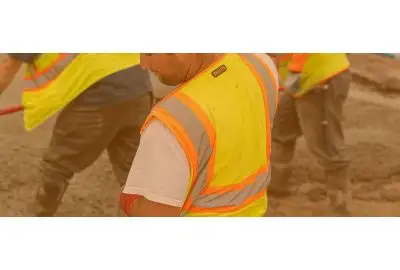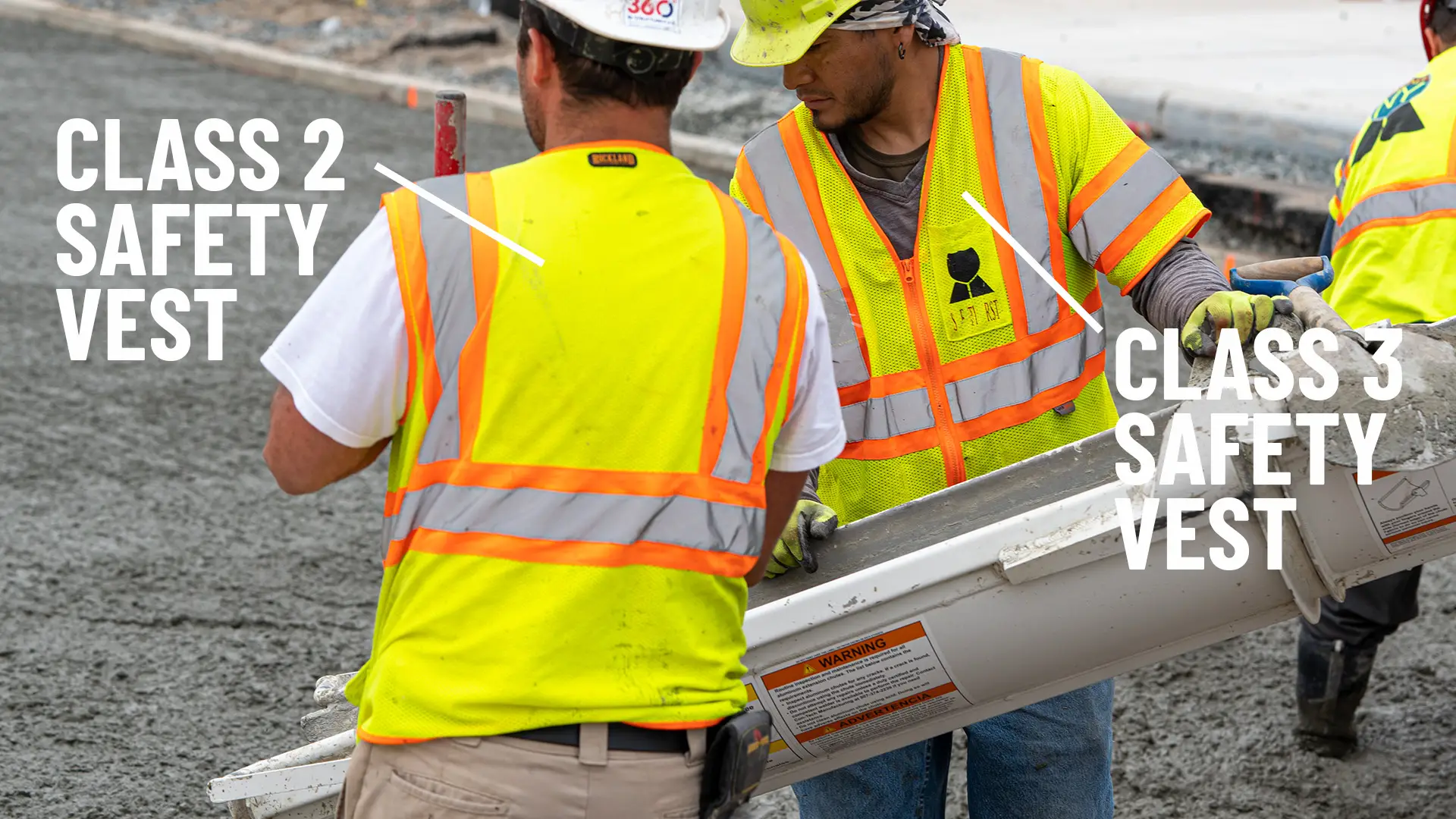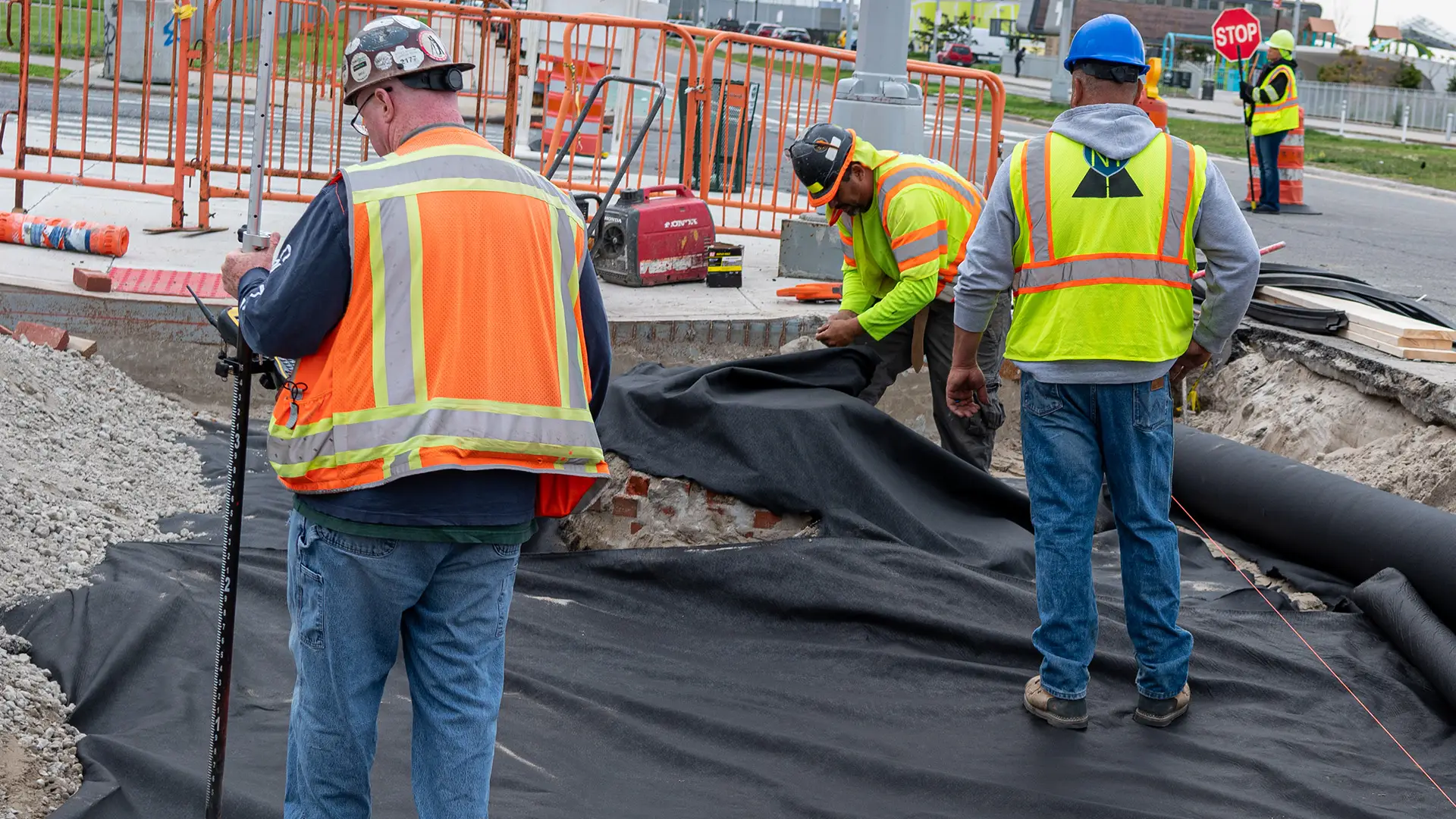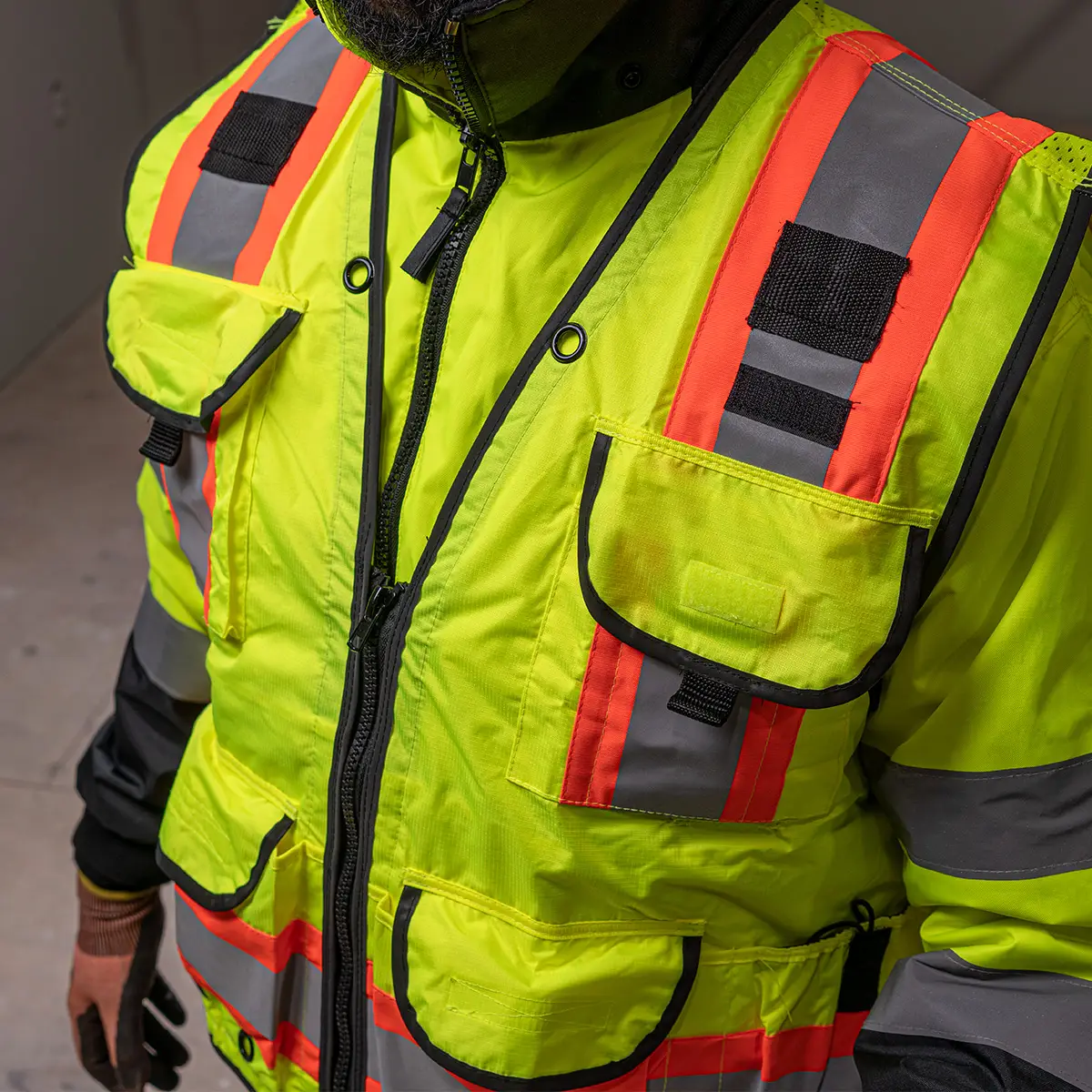Safety Vest Visibility Requirements & Guidance
Safety Vest Visibility Requirements & Guidance

Safety vests are essential in many environments, from road construction to industrial sites. Their main purpose is to increase visibility, ensuring workers can be easily seen by drivers and machinery operators. This helps prevent accidents and keeps everyone safer.
High-visibility colors and reflective materials work together to make workers more noticeable, especially in low-light conditions. It's not just about looking good—it’s about staying safe and being seen where it matters most.
If you're unsure about what vest you need, always check with your employer. They often have specific requirements that go beyond the minimum standards. Knowing these guidelines will help you choose the right vest for your job and environment.
Understanding the different classes and types of safety vests can also be helpful. For example, Class 1 vests are suitable for low-risk areas, while Class 3 offers maximum visibility for high-risk zones like highways or busy construction sites.
Construction Safety Vest Requirements and Guidelines
OSHA sets the rules for workplace safety in the U.S., including the use of high-visibility clothing. According to the ANSI/ISEA 107-2015 standard, safety vests must meet certain criteria for color, reflectivity, and material to ensure maximum visibility on the job site.
Classes


Safety vests come in different classes based on the risk level of the environment. Class 1 is the lowest level, suitable for low-risk situations, while Class 3 is the highest and used in high-risk areas such as road construction. Choosing the right class ensures you’re properly protected.
Types
There are three main types of safety vests: Type R, Type O, and Type P. Type R is used for roadway work and comes in Class 2 or Class 3. Type O is not suitable for roads, and Type P is designed for emergency responders like police officers.
Type P vests follow similar standards to Type R but are tailored for emergency personnel. These vests are built to meet the unique needs of those working in high-stress, fast-paced environments.
Material Colors


The ANSI/ISEA 107-2015 standard requires bright, highly visible colors such as neon yellow or orange. These colors make workers easier to spot, even from a distance, which is crucial in busy or hazardous environments.
Reflective Tape
Reflective tape is a key feature of safety vests, increasing visibility in low-light conditions. The amount of reflective tape required depends on the vest class, with Class 3 vests having the most to ensure maximum visibility in high-risk settings.
While the term “reflective tape†is commonly used, most vests use retro-reflective material. This type of tape reflects light directly back to its source, making it much more effective for safety purposes. You’ll find this material on traffic cones, road signs, and other safety equipment.
By following these guidelines, workers can feel confident that they are wearing the right vest for their job, meeting all safety requirements, and keeping themselves visible and protected on the job site.
Picking the Right Safety Vest
The type of work you do affects which vest is appropriate. If you’re not at risk of being hit by a vehicle over 25 mph and don’t need long-distance visibility, a Class 1 vest might be acceptable. However, even in low-risk environments, opting for a Class 2 vest is usually better for added protection.
Fabric and Material
The weather you work in can influence your choice of vest. In hot and humid conditions, look for breathable fabrics like mesh to stay comfortable. For durability, consider premium polyester options. Flame-resistant materials like modacrylic are also available for specific jobs.
Comfort and Features
Comfortable vests should not hinder your work. Many include features like d-ring slots, grommets, and various pockets for tools, ID cards, or even rolled plans. Some vests also have tear-away sections to prevent injury if caught in machinery.


Styles
Vests come in different styles, such as hi-visibility, surveyor, and breakaway. Hi-visibility vests are the most common, offering maximum visibility with bright colors and reflective strips. Surveyor vests have extra pockets for tools, while breakaway vests are designed to minimize injury if caught in machinery.
Proper Use and Care of Construction Safety Vests
Wearing a safety vest is more than just putting it on—it's about proper fit and function. Ensure the vest fits snugly, covering your waist and hips, and stays visible without being covered by other gear. Fall harnesses should be worn underneath, with the D-ring passing through the vest’s slot.
Maintaining your vest is crucial for its effectiveness. Follow the manufacturer’s care instructions—some vests are machine-washable, while others require hand washing. Avoid using dryers, as they can damage the reflective material. Store the vest in a cool, dry place when not in use.
If your vest is flame-retardant, check the tag for the number of washes it can handle. After that, it may no longer provide the same protection. Flame-resistant vests, like those made from modacrylic, remain effective regardless of how many times they’re washed.
PowerPak Safety
Wearing a safety vest is a vital part of working on a construction site. It shows that you take safety seriously and are committed to preventing accidents. By following these guidelines, you can ensure your vest is always in top condition and ready for use.
Visit PowerPak.net to explore our wide range of safety vests. We offer different sizes, colors, and features to suit your needs. What makes us stand out is our commitment to fast service and quality. Orders are shipped the same day or next day, and we can print your company logo on the vests within 48 hours.
We keep a full inventory across the U.S. to avoid delays. Try us today and experience the difference in service and quality. Your crew will get their new vests this week, not later this month. At PowerPak, we believe in delivering what you need, when you need it.
Binsen Hardware and Plastic Co.Ltd , https://www.binsenmolds.com
